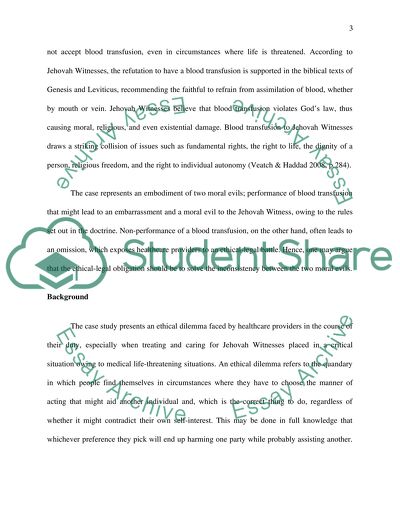Cite this document
(“Health ethics Essay Example | Topics and Well Written Essays - 2500 words”, n.d.)
Health ethics Essay Example | Topics and Well Written Essays - 2500 words. Retrieved from https://studentshare.org/sociology/1400002-health-ethics
Health ethics Essay Example | Topics and Well Written Essays - 2500 words. Retrieved from https://studentshare.org/sociology/1400002-health-ethics
(Health Ethics Essay Example | Topics and Well Written Essays - 2500 Words)
Health Ethics Essay Example | Topics and Well Written Essays - 2500 Words. https://studentshare.org/sociology/1400002-health-ethics.
Health Ethics Essay Example | Topics and Well Written Essays - 2500 Words. https://studentshare.org/sociology/1400002-health-ethics.
“Health Ethics Essay Example | Topics and Well Written Essays - 2500 Words”, n.d. https://studentshare.org/sociology/1400002-health-ethics.


